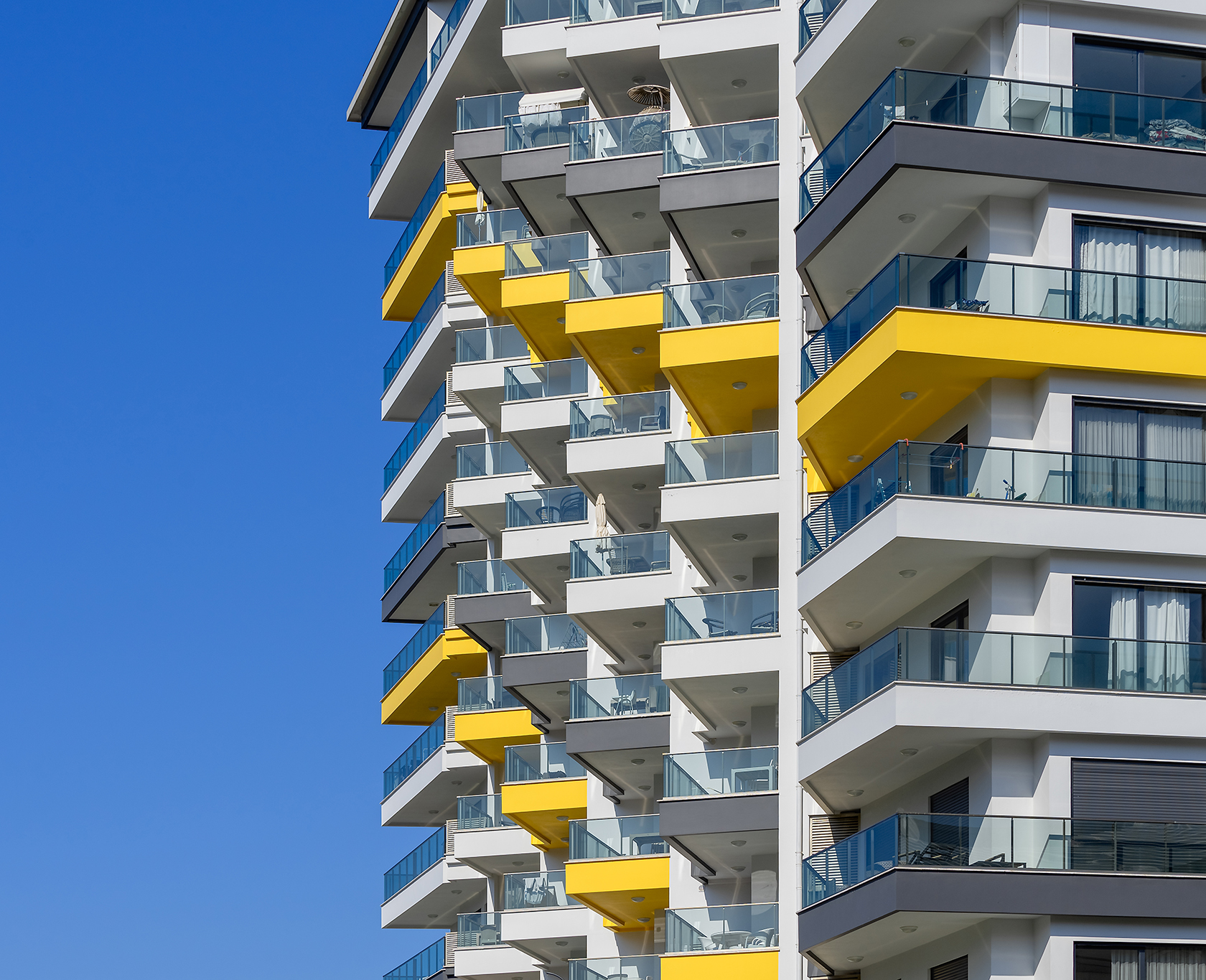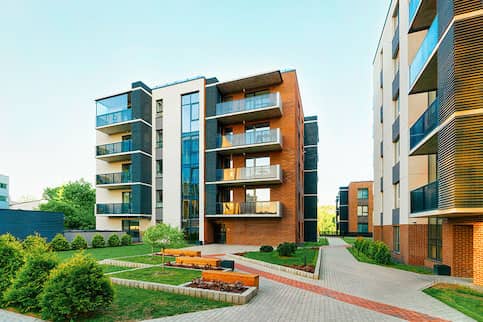Exactly How Condo HOA Can Enhance Building Value Over Time
Just How Condo HOA Regulates Shared Areas and Enhances Community Consistency
The administration of shared rooms within a condominium organization plays an essential role in promoting area cohesion and keeping property values. Via the facility of extensive standards, the Condo HOA not only regulates the use of common facilities but additionally promotes a culture of regard and accountability amongst homeowners.
Role of the HOA
The home owners association (HOA) functions as the regulating body for condo communities, playing a critical function in maintaining the residential property and promoting a cohesive living atmosphere. It is accountable for enacting and imposing area guidelines and policies, which are created to protect the aesthetic value and functionality of the shared room. This administration ensures that all locals comply with a standard set of assumptions, fostering a feeling of unity among diverse home owners.
Furthermore, the HOA manages the economic elements of the area, including budgeting, collecting dues, and preserving usual areas. This economic oversight is crucial in ensuring that needed upkeep and renovations are accomplished without delay, boosting residential or commercial property values in time. The HOA also functions as an intermediary in between locals and exterior entities, such as neighborhood federal government and provider, addressing public problems properly.
Additionally, the HOA typically arranges community events and programs, encouraging neighborly interactions and constructing partnerships among citizens. By helping with open communication and resolving grievances, the HOA adds to an unified living atmosphere. Therefore, its complex duty is necessary in guaranteeing the smooth operation and total fulfillment within condominium areas.
Policies for Shared Areas
Reliable governance in condo neighborhoods necessitates clear regulations for shared rooms, which are crucial for maintaining order and advertising a sense of area amongst locals. These regulations work as standards that make sure everybody can enjoy common areas, such as pools, yards, and leisure centers, without conflict.

Furthermore, tidiness and upkeep standards are important, usually stating that citizens have to tidy up after themselves and report any damages to the property owners' organization. By plainly communicating these assumptions, the HOA can minimize misunderstandings and motivate regard amongst locals.
Ultimately, well-defined regulations for shared spaces contribute to the overall high quality of life in a condominium neighborhood, permitting residents to exist together quietly while delighting in the features that boost their living experience. condo hoa.
Relevance of Community Guidelines

Community guidelines play a significant role in fostering a cohesive and considerate setting within condo associations. These guidelines establish clear expectations for homeowners, advertising a sense of liability and shared obligation. By delineating acceptable actions and methods, community guidelines aid avoid misunderstandings and conflicts among homeowners.
In addition, these guidelines serve as a structure for preserving the visual and practical stability of shared rooms. They make certain that all citizens follow criteria regarding residential or commercial property maintenance, noise levels, and usage of communal centers. This harmony not only improves the visual appeal of the neighborhood however also adds to total building values, profiting all homeowners.

Conflict Resolution Methods
Navigating disputes within a condo association requires an organized strategy to guarantee fair and effective resolution. Effective problem resolution techniques often begin with open interaction, encouraging citizens to voice issues in a considerate manner. Developing a designated channel for complaints, such as an idea box or an online discussion forum, can promote this procedure.
Arbitration is another crucial method, wherein a neutral 3rd party aids disputing homeowners reach a mutually reasonable solution. This approach this contact form fosters cooperation and understanding, reducing hostility - condo hoa. The HOA board need to additionally develop clear treatments for dealing with grievances, making sure all parties know the actions involved
Normal problem resolution training for board members can boost their capacity to handle conflicts properly. Making click for info use of a well-defined framework, such as the "Interest-Based Relational Approach," aids concentrate discussions on rate of interests instead of settings, promoting a solutions-oriented way of thinking.
Advantages of Area Consistency
Promoting area consistency within a condominium organization brings countless benefits that enhance the general living experience for homeowners. An unified neighborhood motivates partnership and collaboration among neighbors, leading to an extra like-minded ambience. When citizens feel recognized and linked, they are much more likely to take part in common tasks and take part in decision-making processes, leading to a stronger feeling of belonging.
Additionally, neighborhood consistency significantly minimizes misunderstandings and problems, which can otherwise disrupt day-to-day live. A tranquil environment decreases stress and anxiety and promotes psychological health, allowing homeowners to appreciate their homes totally. In addition, unified connections frequently equate right into enhanced home worths, as potential buyers are attracted to areas characterized by security and participation.
Verdict
In recap, the role of the Apartment HOA is critical in promoting and controling shared rooms community consistency. condo hoa. With the facility of clear rules and community standards, residents are urged to preserve a accountable and respectful atmosphere. Reliable conflict resolution methods further improve interaction and partnership amongst residents. Eventually, the initiatives of the HOA contribute to a cohesive area, promoting both building values and overall resident fulfillment. The favorable impact of these initiatives is essential for sustained common health.
Additionally, the HOA often organizes community events and programs, encouraging neighborly interactions and constructing partnerships amongst homeowners. By delineating acceptable behaviors and practices, area standards aid protect against misconceptions and Recommended Site conflicts among locals.
In addition, community standards facilitate effective interaction amongst citizens and the Homeowners Organization (HOA) With the establishment of clear guidelines and community guidelines, residents are urged to keep a considerate and liable environment. Inevitably, the initiatives of the HOA contribute to a cohesive community, advertising both residential or commercial property worths and overall resident contentment.